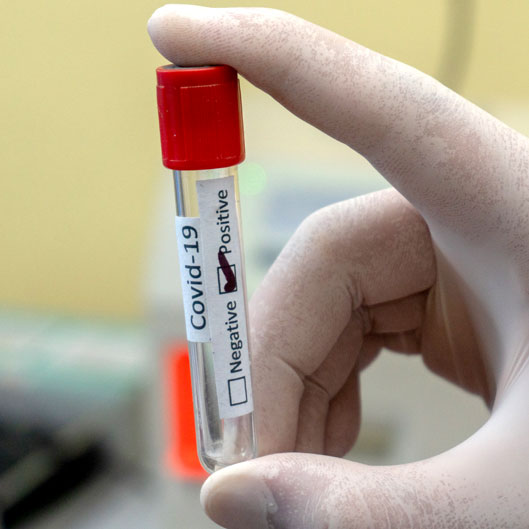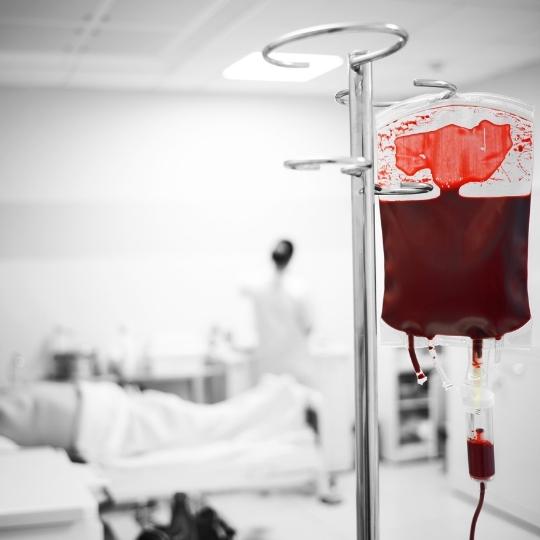Why counting plasma cells matters
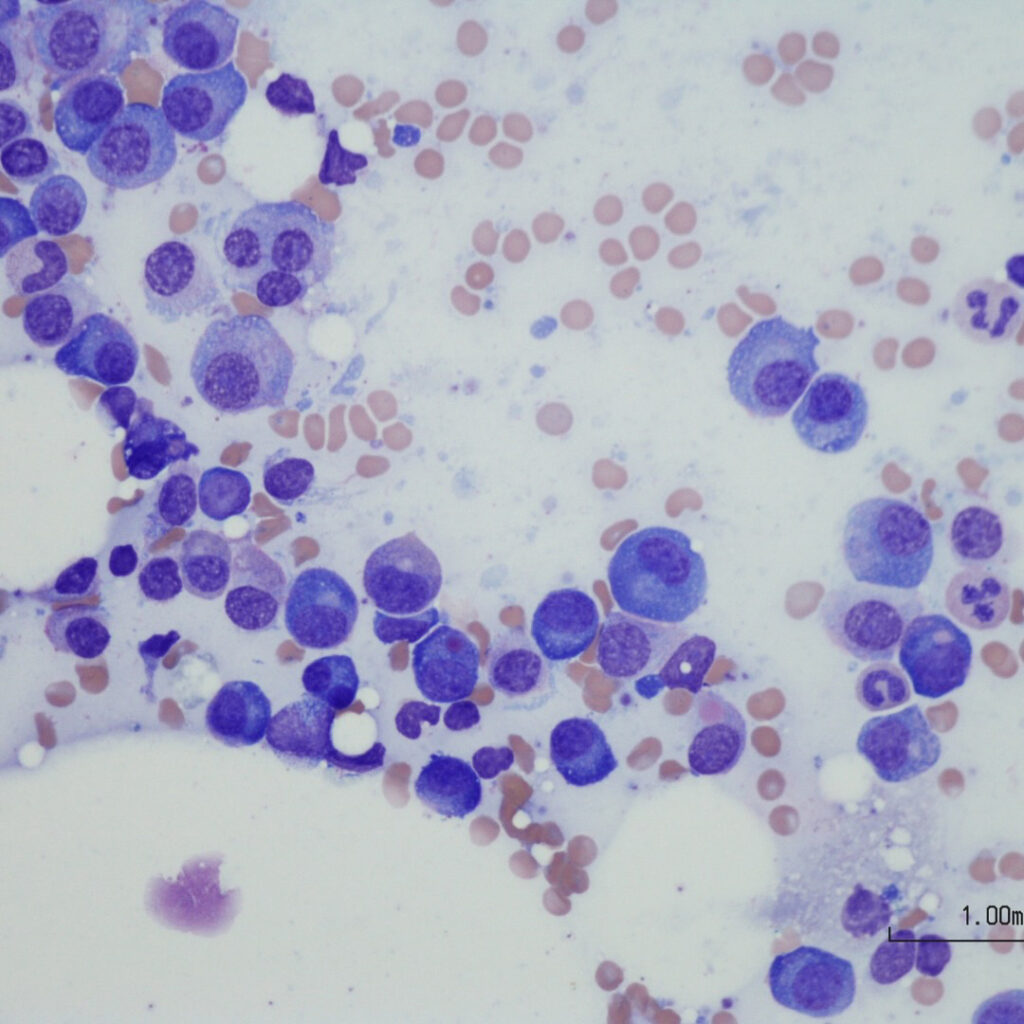
For anyone who treats haematological malignancies, myeloma is a challenging disease to tackle. Although outcomes have vastly improved over the past decades, it remains incurable with a relapsing-remitting pattern of illness.
What is myeloma?
Myeloma is a clonal malignancy of plasma cells, the terminal differentiation stage of B-lymphocytes. It usually develops from a premalignant state known as monoclonal gammopathy of undetermined significance (MGUS). The majority of patients will have a detectable monoclonal immunoglobulin which may be intact or be composed of free lambda or kappa light chains.
An intermediary state, known as smouldering or asymptomatic myeloma, also exists. MGUS, asymptomatic and symptomatic myeloma can be differentiated based on the percentage of plasma cells found in the bone marrow and the presence of end-organ damage. The International Myeloma Working Group defines these with clear boundaries, described below. The criteria for end-organ damage was revised in 2014 to include other biomarkers of end-organ damage.
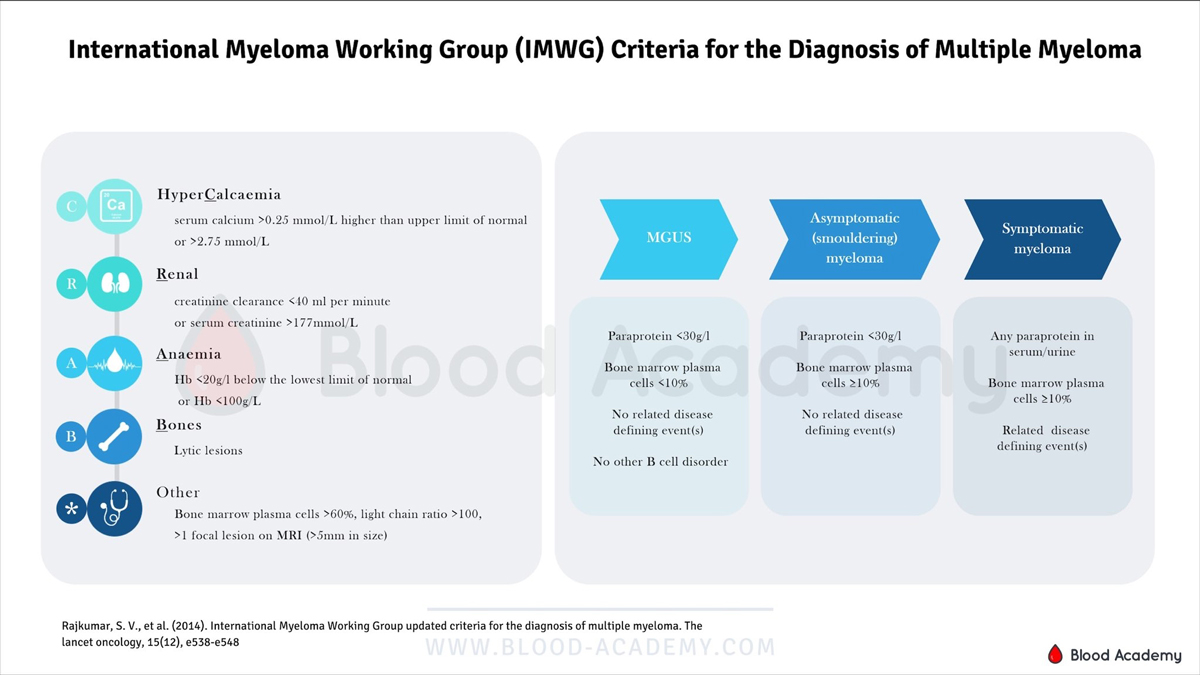
What is plasma cell leukaemia?
Plasma cell leukaemia (PCL) is rare but generally more aggressive plasma cell malignancy than myeloma. It is often associated with poor-risk cytogenetic markers such as del17p hypodiploidy and t(11;14). CD56 is also usually absent in PCL, commonly expressed in myeloma. It may occur de novo, known as primary PCL. Secondary PCL develops from existing myeloma and often occurs in the context of patients treated with multiple lines of therapy.
The prognosis of PCL is poor; historically, median survival was only 6 to 11 months, with up to 28 per cent dying within the first month after diagnosis. Survival was even shorter (two to seven months) when PCL (secondary) occurred in the context of refractory or relapsed multiple myeloma.
The diagnostic criteria of PCL defined by the WHO depends highly on the identification and enumeration of plasma cells in the blood. To fulfil the criteria, the following must be present:
- monoclonal population of plasma cells present in the blood
- an absolute plasma cell count
- >2000/microL,
- or 20 % of peripheral blood white cells
Is the WHO definition of PCL too strict?
Just this month, the IWMG published a position paper based on retrospective data to re-evaluate the definition of PCL. Although the data was derived from only two studies (Spain and USA), they showed similar results when examining the influence of circulating plasma cell (CPC) % via morphological analysis of blood smears.
The results are summarised below.
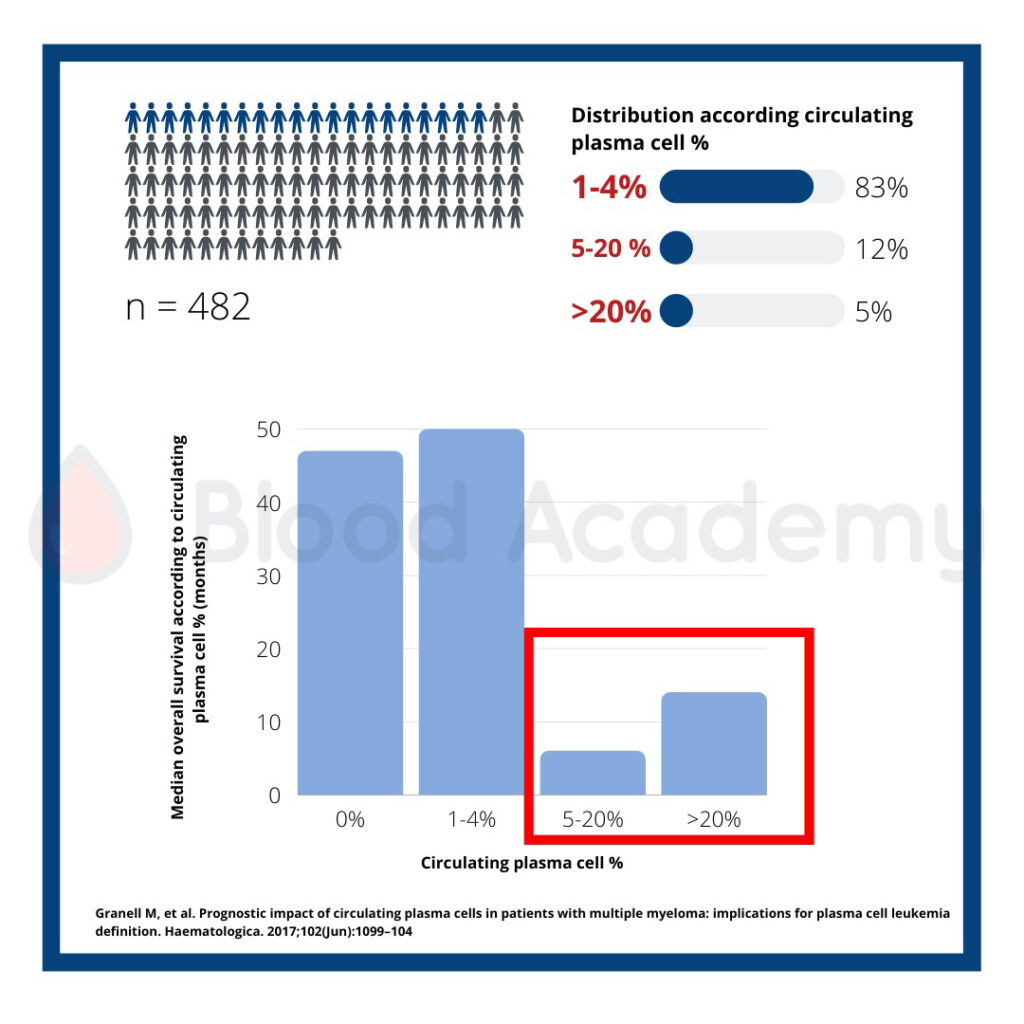
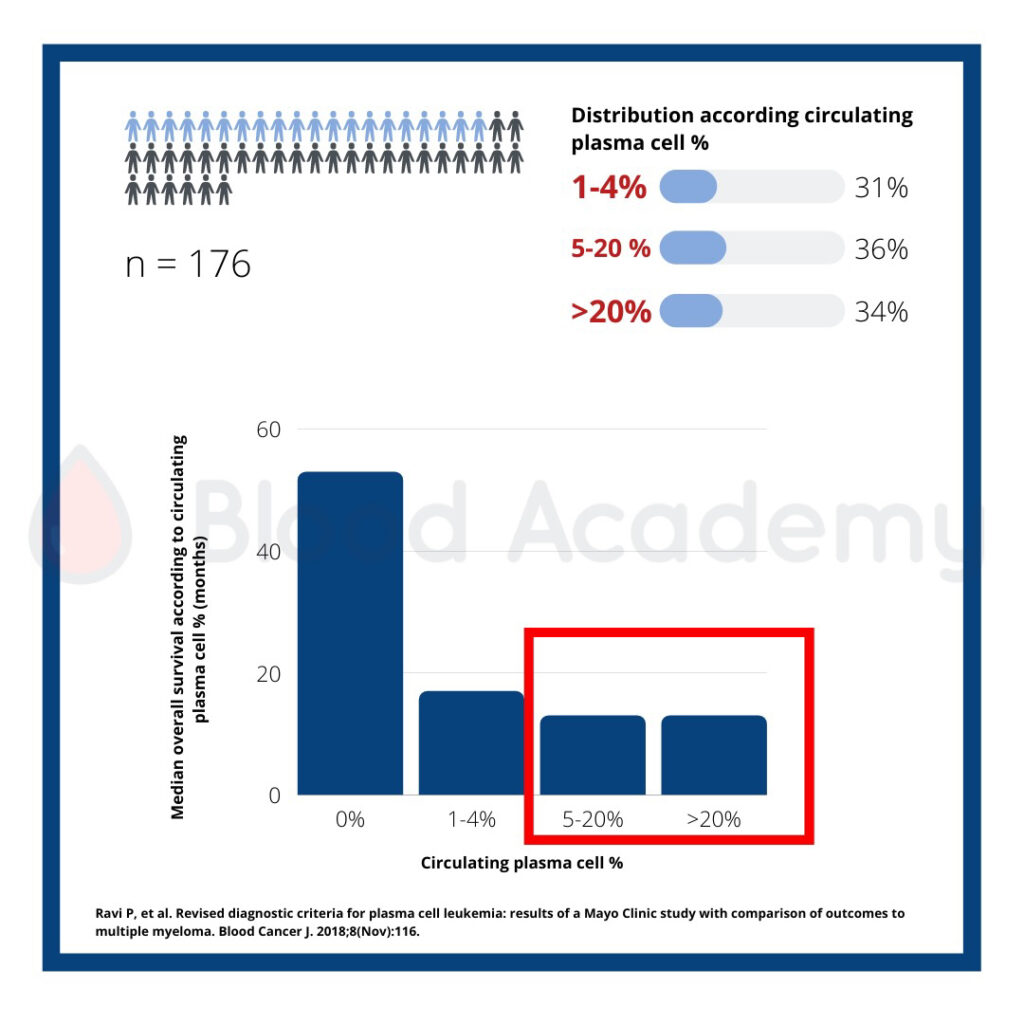
A cut-off of ≥5% CPC in both series consistently highlighted poorer median overall survival. Patients with ≥5% CPC’s also showed lower platelet counts and higher bone marrow plasma cell infiltration, two clinical features of primary PCL.
Along with the retrospective nature of the data, another limitation was the limited use of agents and autologous stem cell transplantation. Such treatments may mitigate the poor outcomes in patients with ≥5% CPC’s.
The IMWG has hence recommended that primary PCL should be defined by the presence of ≥5% CPC’s in peripheral blood smears in patients otherwise diagnosed with symptomatic myeloma.
It is hence essential that all patients with newly diagnosed symptomatic myeloma should have a blood smear carefully examined to enumerate the CPC’s to guide prognosis and treatment.

Want to learn more about plasma cell morphology?
Enrol onto our Essential Blood Cell Morphology course today!
References
- Rajkumar SV, et al. International Myeloma Working Group updated criteria for the diagnosis of multiple myeloma. Lancet Oncol. 2014 Nov;15(12):e538-48. doi: 10.1016/S1470-2045(14)70442-5. Epub 2014 Oct 26. PMID: 25439696.
- Criteria for the classification of monoclonal gammopathies, multiple myeloma and related disorders: a report of the International Myeloma Working Group. Br J Haematol. 2003;121:749–57
- Fernández de Larrea, et al. Primary plasma cell leukemia: consensus definition by the International Myeloma Working Group according to peripheral blood plasma cell percentage. Blood Cancer J. 11, 192 (2021)
- Granell M, et al. Prognostic impact of circulating plasma cells in patients with multiple myeloma: implications for plasma cell leukemia definition. Haematologica. 2017;102(Jun):1099–104
- Ravi P, et al. Revised diagnostic criteria for plasma cell leukemia: results of a Mayo Clinic study comparing outcomes to multiple myeloma. Blood Cancer J. 2018;8(Nov):116
- Rajkumar et al. Plasma cell leukemia. In: UpToDate, Post TW (Ed), UpToDate, Waltham, MA. (Accessed on January 09, 2022)


